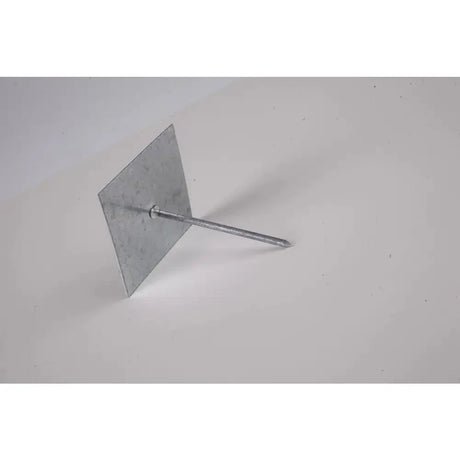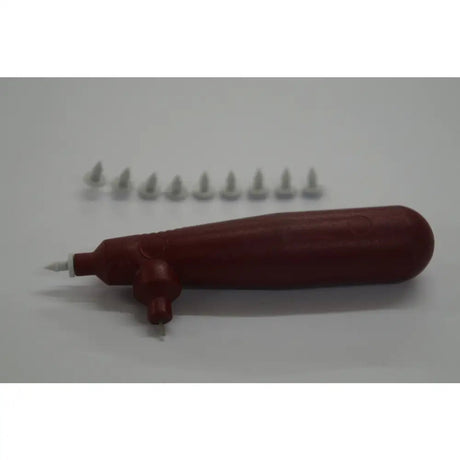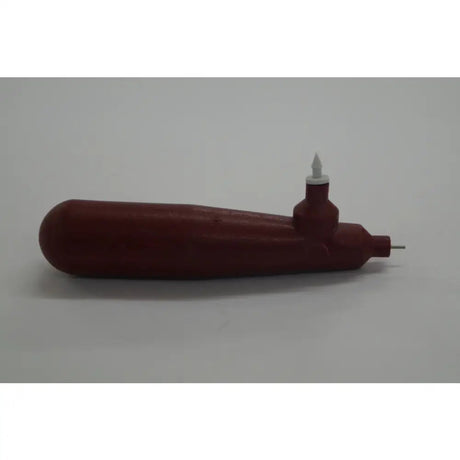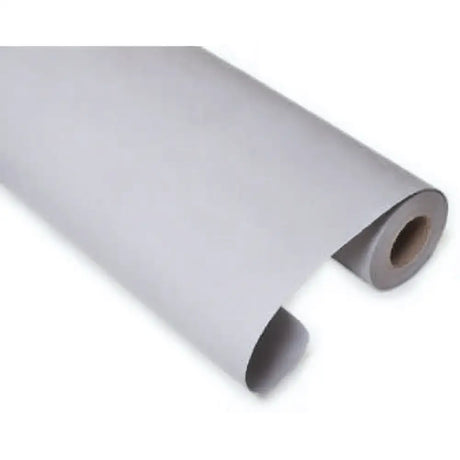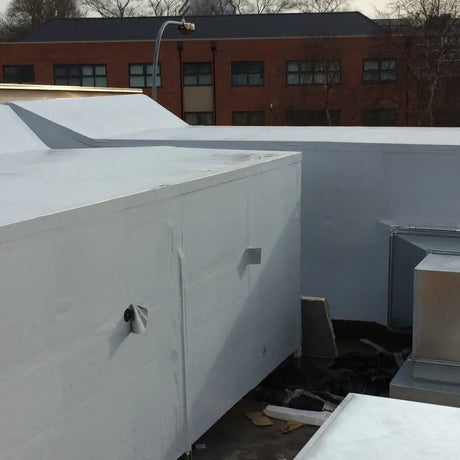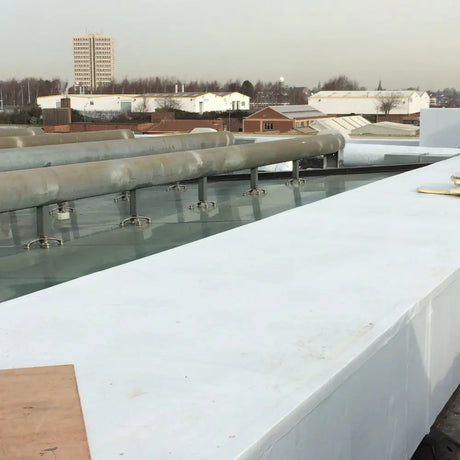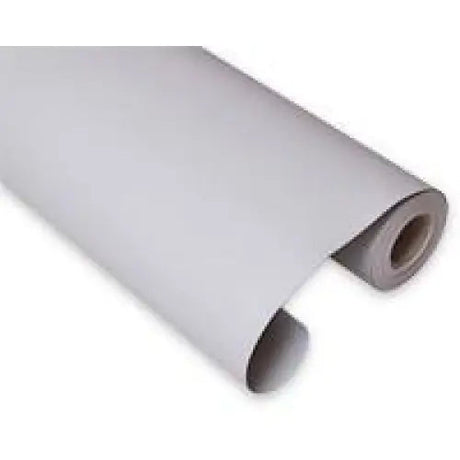Mastics for Industrial Ovens
Introduction
When it comes to high-performance industrial ovens, every component matters – and that includes the sealants or 'mastics' that keep the heat where it should be. But what exactly are these substances, and why are they so crucial for the efficiency and durability of industrial ovens? In essence, mastics are the unsung heroes, ensuring that these powerhouses of productivity can stand the heat of the kitchen, or in this case, the factory floor.
Mastics play a pivotal role in maintaining and improving oven efficiency. They seal joints and cracks, prevent heat escape, and resist high temperatures, which could otherwise compromise the oven's performance. It's a bit like making sure your kettle doesn't have any holes; you wouldn't want the steam to escape before your tea is done, would you? In industrial settings, the implications are much larger, but the principle remains the same.
Types of Mastics
Silicone-Based Mastics
Let's dive into the different types of mastics used in these heated behemoths. Imagine you're choosing a jacket for a stroll in the Lake District. You'd want one that keeps the rain out, right? Similarly, selecting the right mastic for an industrial oven is all about matching the material to the conditions. Silicone-based mastics are like your trusty waterproofs – they perform well under various temperatures and have excellent flexibility.
Ceramic Fiber Mastics
Then there's the equivalent of your warm, insulated parka – ceramic fiber mastics. These are designed to withstand extremely high temperatures, perfect for applications where the heat turns up a notch or two. In comparison, they offer superior thermal resistance but might lack the flexibility of their silicone cousins.
Other Popular Options
And like any good wardrobe, there are more options to consider. Other popular mastics include epoxy and polyurethane – each with their own benefits, whether it's superior adhesion or chemical resistance. It's all about striking the right balance for your specific industrial oven needs.
Properties of Mastics
Heat Resistance
Is your mastic capable of handling the scorching temperatures of your industrial oven? It's like asking if a sunhat can cope with a summer in the Sahara – heat resistance is non-negotiable. Mastics need to remain stable and effective, sometimes in excess of 1000°C.
Thermal Conductivity
How well does your mastic spread the heat? You wouldn't want all the warmth at one end of a room while you're shivering at the other. Uniform temperature distribution is key, and that's where a mastic's thermal conductivity comes into play.
Adhesion Strength
Ever tried sticking a poster on a wall only for it to fall down minutes later? Frustrating, isn't it? The same goes for mastics – their adhesion strength is paramount to ensure they don't let go when the going gets hot.
Chemical Resistance
Industrial environments can be harsh, with various chemicals floating around. Mastics need to be like that sturdy umbrella in a storm – unbothered by the acidic rain, standing strong and protective.
Flexibility and Durability
Finally, we have flexibility and durability – the stretch and lifespan of a mastic. It's like buying a good pair of jeans; you want them to stretch a bit as you move but also last for more than a few washes. Mastics must accommodate thermal expansion without cracking and keep doing so for years.
Application of Mastics
Surface Preparation Before Mastic Application
Before any mastic application, it's critical to prep the surface. It's akin to preparing a wall before painting – the effort you put into sanding and cleaning determines the finish. A clean, dry, and stable surface ensures optimal mastic adhesion.
Techniques for Applying Mastics in Industrial Oven Settings
How you apply the mastic can be just as important as the mastic itself. It's like icing a cake; skill and technique matter. Using the right tools and methods can make all the difference in ensuring a smooth, even, and effective seal.
Importance of Proper Application for Maximising Mastic Performance
Ever heard the saying, "a stitch in time saves nine"? Well, a mastic correctly applied can prevent future issues, extend the lifespan of your oven components, and maintain energy efficiency. Proper application is not just a recommendation; it's a necessity.
Advantages of Using Mastics
Enhancing Energy Efficiency
One of the primary benefits of using mastics in industrial ovens is the boost in energy efficiency. A well-sealed oven is like a well-insulated home – it keeps the heat in, reducing the energy required to maintain the desired temperature.
Improving Temperature Uniformity in Ovens
Nobody likes a half-baked loaf of bread, and the same goes for unevenly heated industrial processes. Mastics help ensure that the temperature is as consistent as possible across the oven, crucial for quality control and process consistency.
Extending the Lifespan of Industrial Oven Components
A good mastic application is like a protective charm for your oven components. It shields against thermal stress and corrosion, potentially adding years to their service life. Think of it as the fountain of youth for your oven parts.
Minimising Heat Loss and Reducing Operating Costs
By keeping the heat where it's needed, mastics minimise energy wastage. The less heat lost, the less fuel consumed, and the more pennies saved. It's like turning off lights in empty rooms – a simple action with tangible savings.
Considerations for Selecting Mastics
Temperature Requirements
First and foremost, consider the operating temperature of your oven. It's like choosing the right SPF for a holiday in Spain; you don't want to get burned by a mastic that can't handle the heat.
Desired Insulation Properties
Insulation properties are crucial. You're looking for the equivalent of a thick, snug blanket on a chilly night – a mastic that keeps the warmth in and the cold out.
Compatibility with Oven Materials
The mastic needs to play well with the materials of your oven, much like how certain fabrics require specific cleaning agents. Compatibility ensures a long-lasting bond and prevents material degradation.
Environmental and Safety Considerations
You wouldn't pour harmful chemicals down the sink, and similarly, you should consider the environmental and safety implications of your chosen mastic. Look for options that are as kind to the planet as they are effective.
Maintenance and Inspection
Regular Inspection of Mastic Condition
Just as you would periodically check your car's oil level, regular inspection of mastic condition is vital. It helps identify potential issues before they become significant problems.
Maintenance Practices for Ensuring Effective Mastic Performance
Good maintenance practices are the cornerstone of mastic longevity. It's like eating well and exercising – it keeps everything in tip-top shape and performing as it should.
Repairing and Replacing Worn-Out or Damaged Mastics
Over time, even the best mastics may show signs of wear. Knowing how to repair or replace them is like knowing how to patch up a favourite jumper – it extends its life and maintains its function.
Safety Precautions
Handling and Storage Guidelines for Mastics
Mastics, like any chemical product, come with handling and storage guidelines to ensure safety. It's important to follow these as meticulously as you would a recipe for a complex dish – for safety's sake.
Precautions During Mastic Application to Ensure Worker Safety
Applying mastics safely is paramount. It's like wearing the correct gear when playing rugby – protection is key. Workers need to be equipped with the right knowledge and safety equipment to prevent accidents.
Importance of Adhering to Safety Regulations and Guidelines
Lastly, regulations and guidelines are there for a reason – to keep everyone safe. Ignoring them is like running a red light – dangerous and not worth the risk. Compliance is a must.
In the following sections, we'll delve deeper into cost analysis, environmental impact, case studies, and more to paint a full picture of the critical role mastics play in industrial ovens. Stay tuned!
Cost Analysis
Initial Investment in Mastics
Investing in high-quality mastics may seem like shelling out a bit more upfront, but it's akin to buying a sturdy pair of boots for hiking; they might cost more, but they last longer and save you money in the long run. It's the initial cost versus long-term value debate.
Long-term Cost Savings from Improved Efficiency and Reduced Maintenance Needs
Think of mastics as an energy-saving lightbulb. They cost a bit more than traditional bulbs, but the savings on your electricity bill can be substantial over time. Similarly, mastics reduce the need for frequent maintenance and help maintain oven efficiency, leading to cost savings that can significantly outweigh the initial investment.
Comparison of Different Mastic Options in Terms of Cost-Effectiveness
It's like comparing different brands of tea to find the best value for money. Some mastics may offer a lower upfront cost but could require more frequent replacement, while others might have a higher price tag but last longer and offer better performance. Evaluating the total cost of ownership is key.
Environmental Impact
Sustainability of Mastic Materials
Sustainability is a buzzword for a good reason – it matters. Mastics made from eco-friendly materials are like the reusable shopping bags of the industrial world. They reduce environmental impact and are becoming increasingly important in a world that's looking to cut down on waste.
Potential for Reducing Energy Consumption and Greenhouse Gas Emissions
By improving the energy efficiency of industrial ovens, mastics can indirectly reduce carbon footprints. It's like taking public transport instead of driving; every little action adds up to a significant impact on reducing greenhouse gas emissions.
Disposal Considerations for Used Mastics
Eventually, even the best mastic reaches the end of its life. Disposal should be as thoughtful as its selection. It's not just about tossing it into the bin; responsible disposal ensures that the mastic doesn't harm the environment after serving its purpose.
Case Studies
Let's look at real-life examples to illustrate the benefits of mastics.
Examples of Successful Mastic Applications in Industrial Oven Settings
Consider a bakery that switched to a high-quality mastic for their ovens. They noticed a marked improvement in energy bills and baking consistency – the proof, as they say, was in the pudding (or in this case, the perfectly baked bread).
Performance Improvements and Cost Savings Achieved Through Mastic Usage
Another case study might involve a ceramics manufacturer who found that by using the right mastic, they could extend the life of their kilns, reducing downtime and saving on repair costs. It was like finding an extra gear in their production that they never knew existed.
Regulatory Compliance
Relevant Industry Standards and Regulations for Mastic Use in Industrial Ovens
Meeting industry standards is not just a suggestion; it's a requirement. Mastics must comply with a plethora of regulations, much like the safety standards a car must meet to be roadworthy.
Importance of Compliance with Local and International Guidelines
Compliance ensures safety and quality. It's like the rules of a sport – everyone needs to play by them for the game to be fair and safe. Companies need to ensure their mastics meet these guidelines to avoid penalties and, more importantly, to guarantee the safety of their operations.
Industry Best Practices
Recommendations for Optimal Mastic Selection and Application
Best practices are the gold standard, the crème de la crème of industry knowledge. They are like the tips from a seasoned chef – they may not be mandatory, but they sure can elevate your game.
Best Practices for Integrating Mastics into Industrial Oven Maintenance and Operations
It's about integrating mastics into the routine care of your ovens, much like scheduling regular check-ups for your health. This proactive approach can prevent issues and ensure ovens operate at peak efficiency.
Supplier and Product Evaluation
Factors to Consider When Evaluating Mastic Suppliers
When choosing a supplier for mastics, it's like selecting a financial advisor – you want someone reliable, knowledgeable, and with a proven track record. Factors such as product quality, delivery times, and customer service are all part of the equation.
Key Product Features to Look for in High-Quality Mastics
What makes a mastic stand out? It's the features – perhaps it's an exceptionally high-temperature threshold, or maybe it's the ease of application. Like the bells and whistles on a new car, these features can make a significant difference in performance.
Importance of Supplier Reliability and Customer Support
Reliable suppliers and good customer support can be the deciding factor in a pinch. It's like having a dependable mechanic – knowing they're there and ready to help can provide invaluable peace of mind.
Conclusion
In wrapping up, it's clear that mastics are more than just a sticky subject – they're a critical component in the industrial oven puzzle. They enhance energy efficiency, improve operational consistency, and can extend the lifespan of oven components, ultimately contributing to cost savings and environmental sustainability.
The importance of proper mastic selection, application, and maintenance cannot be overstated. It's the difference between a well-oiled machine and one that's just squeaking by. When chosen and used correctly, mastics are a powerhouse ally in the industrial setting, ensuring that the heat is on – in the best possible way.
So, whether you're baking bread or firing ceramics, remember the mastic – it might just be the secret ingredient to your success.



